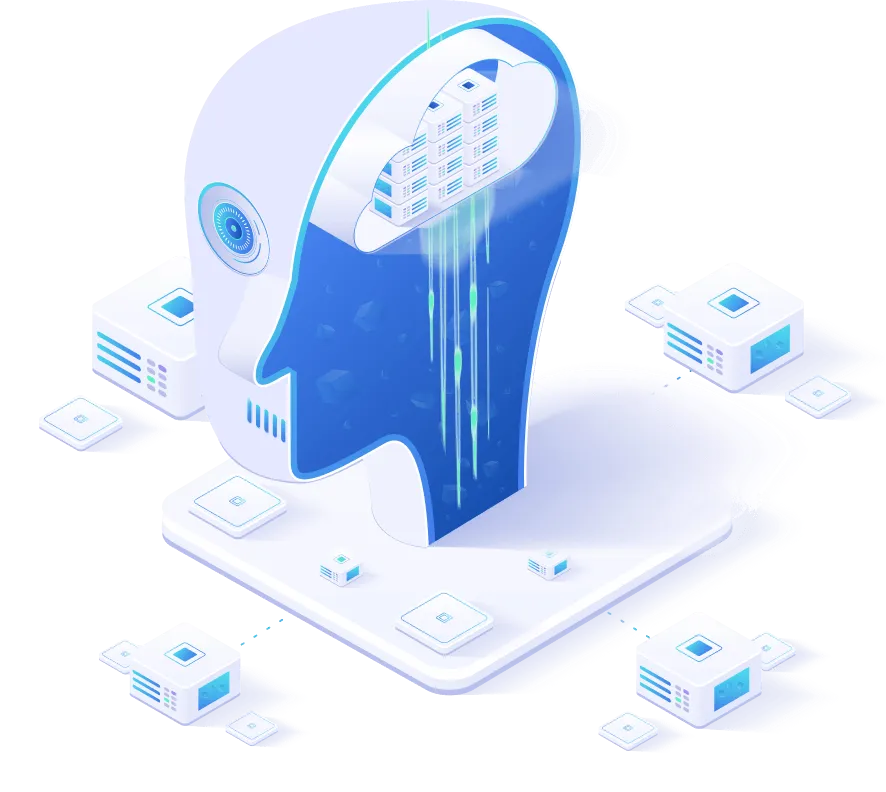Marketing automation software can improve marketing productivity and increase lead quality. Here's what you need to know before adopting a marketing automation platform.
Tự động hóa tiếp thị là việc sử dụng phần mềm và các dịch vụ dựa trên web để thực hiện, quản lý và tự động hóa các nhiệm vụ và quy trình tiếp thị lặp đi lặp lại nhằm tiếp thị hiệu quả hơn thông qua nhiều kênh (tức là email, thiết bị di động, mạng xã hội và trang web).
Tự động hóa tiếp thị tập trung vào việc xác định, lập lịch, phân khúc và theo dõi các chiến dịch tiếp thị, cho phép các tổ chức tiếp thị và bán hàng nuôi dưỡng khách hàng tiềm năng bằng nội dung được cá nhân hóa cao nhằm thu hút và giữ chân khách hàng.
Today, marketing automation is one of the core activities of a marketing department – whether for a small local business or a large consumer or B2B business. But the platforms that power these operations continue to evolve.
What is marketing automation?
Investing in marketing technology continues to be a priority for businesses as a whole, as they strive to meet the growing need for personalization and the need to collect, authenticate, and analyze vast amounts of consumer data. Users are growing rapidly to improve customer experience (CX). For B2B players, this often means using a marketing automation platform.
Most marketing automation solutions provide tools to develop and execute email campaigns (including landing pages), as well as collect, score, and nurture leads. These platforms also often provide a centralized marketing database and basic level of reporting on web traffic, visitor behavior, and campaign results.
Combined, the core features offered by most of the marketing automation platforms covered in this report include:
- Email marketing and landing page development;
- Lead management (i.e., capture, score and nurture);
- Native CRM integration; and
- API or App Market to access the martech system faster.
The more basic functions of marketing automation have become somewhat commoditized, so platform providers are primarily looking to differentiate their offerings based on scalability (especially in the case of scalability). is for new marketing channels), usability, ease of implementation, and customer experience features. One particularly rapidly growing area involves the use of artificial intelligence and machine learning for audience recommendation or messaging.
Platform providers are also looking to differentiate themselves by providing more support to increasingly sophisticated customers who already use the software and who are looking to justify an investment. by demonstrating ROI.
All of this means that the market is rapidly evolving, as marketers demand integrated marketing functionality that quickly translates into bottom-line profits. Vendors continue to add more advanced features to give marketing end users the ability to build, track, and manage campaigns across channels and/or devices, and track the flow potential customers as they move from marketing to sales.
These features include, but are not limited to:
- Dynamic content creation (emails, landing pages and/or web pages);
- Email support tools;
- Account-based marketing (ABM);
- Mobile marketing;
- AI-based predictive analytics; and
- Lead/social profile integration.
Why do you need a marketing automation platform?
Marketers at companies of all sizes can gain these benefits from a marketing automation platform:
Increase marketing effectiveness. Automate the manual, time-consuming tasks around content creation, management, and personalization; campaign scheduling and execution; data sanitization (i.e. duplicate or inconsistent data located in different silos); communicate with sales; and lead nurturing saves time and improves productivity.
Enhance your ability to generate more and better quality leads. Marketing automation can combine multiple criteria, including demographic, dynamic, and behavioral data (pages visited, downloads, forms filled out) with a lead scoring system to generate and identify qualified sales leads.
Omnichannel view of potential customer behavior. Today's digital marketing automation platforms are integrating multiple channels and devices — including social media and mobile devices — to create a more comprehensive lead profile and holistic view. about the behavior of potential customers.
Better alignment of sales and marketing goals. Phần mềm tự động hóa tiếp thị có thể giúp điều chỉnh các nỗ lực bán hàng và tiếp thị để đảm bảo rằng các đại diện bán hàng đang làm việc với các khách hàng tiềm năng sẵn sàng bán hàng.
Bằng cách hợp tác làm việc để thiết lập các thông số tính điểm và xác định các khách hàng tiềm năng đủ tiêu chuẩn, bộ phận bán hàng và tiếp thị trở thành một nhóm. Tiếp thị hoạt động dựa trên việc xây dựng mối quan hệ với khách hàng tiềm năng giai đoạn đầu để cho phép bán hàng tập trung nỗ lực của họ vào những khách hàng tiềm năng có chất lượng cao nhất.
Improve lead conversion rate and ROI. Many studies have found that using a marketing automation system can increase conversions. Forrester found that B2B marketers implementing marketing automation would increase their 10% contribution to their sales process. According to technology research firm Nucleus Research, marketing automation can help increase sales productivity by 15% as well as reduce marketing costs by 12%.
The role of marketing automation platforms
Vào tháng 5 năm 2019, Forrester’s Laura Cross, Phó chủ tịch và nhà phân tích chính về tiếp thị dựa trên nhu cầu và tài khoản, đã suy đoán rằng MAP đã “không phát triển để theo kịp nhu cầu của nhà tiếp thị nhu cầu hiện đại”. Thật vậy, các nền tảng tự động hóa tiếp thị đã được thiết lập tốt đến mức hiếm khi được thảo luận.
Ví dụ: rất khó để tìm ra các dự báo độc lập về chi tiêu tự động hóa tiếp thị, với con số mới nhất từ Forrester dự báo chi tiêu toàn cầu sẽ đạt 25,1 tỷ đô la vào năm 2023, tăng từ 11,4 tỷ đô la vào năm 2017. Tuy nhiên, con số đó đã được công bố vào tháng 4 năm 2018 với tên Tự động hóa tiếp thị của nó Dự báo Công nghệ, 2017-2023.
Tuy nhiên, cho đến nay, không có dấu hiệu nào cho thấy các nền tảng tự động hóa tiếp thị sẽ tuyệt chủng. Tuy nhiên, các công ty trong danh mục MAP mở rộng sang các lĩnh vực như “trung tâm tiếp thị đa phương tiện” hoặc “quản lý khách hàng tiềm năng CRM” hoặc “tiếp thị dựa trên tài khoản”.
Đáng chú ý, các nền tảng tự động hóa tiếp thị hoàn toàn không có vị trí nào trên Gartner’s Hype Cycle for Digital Marketing, 2021. Điều này có thể là do nó đã chuyển sang cái mà Gartner gọi là “cao nguyên của năng suất”?
Where marketing automation vendors seem to be giving up a bit of territory is from customer data forms, which are sometimes taking over the MAP-driven audience segmentation and data management tasks. previously handled.
At the same time, these CDPs also still feature integration with marketing automation platforms because they still perform functions that other systems lack.
Are CDPs replacing marketing automation platforms?
The must-have, much-hyped Customer Data Platform (CDP) seems to have its eye on B2B marketers, promising to process massive amounts of data to deliver a great customer experience. highly personalized products.
Adobe's Real-Time CDP announced new features aimed at B2B brands in November 2020, including a built-in connector to the B2B Marketing Automation Platform, Marketo Engage. Dun & Bradstreet, with its D&B Lattice CDP, can also be understood as focusing primarily on B2B.
While CDP platforms are still relatively new, adoption has been rapid, and these tools may eventually pose a threat to marketing automation platforms as they provide a number of tools and same function.
Original post: https://martech.org/martech-landscape-what-is-marketing-automation-software/
Translated by: Phan Cong Duy





